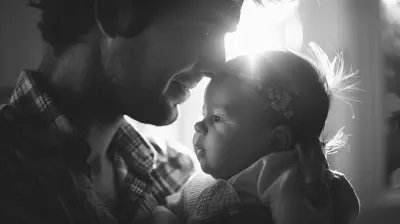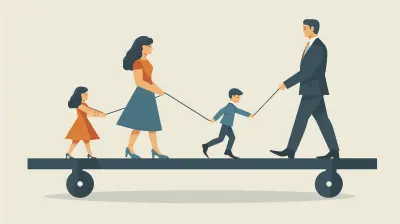Raising a Preschooler with Good Manners: Practical Tips
16 October 2025
Let’s face it—preschoolers can be adorable little whirlwinds of chaos. One minute, they’re cuddling beside you watching cartoons, and the next, they’re sticking gum in their sibling’s hair. But believe it or not, this is actually the perfect time to start teaching them good manners. Why? Because those little brains are soaking up everything like a sponge.
So, how do you turn your cheeky three-year-old into a polite, considerate mini-human without sounding like a broken record? That’s what we’re diving into today. From basic "pleases" and "thank yous" to making eye contact and learning when (and when not) to interrupt—this full guide gives you practical, real-life strategies that really work.
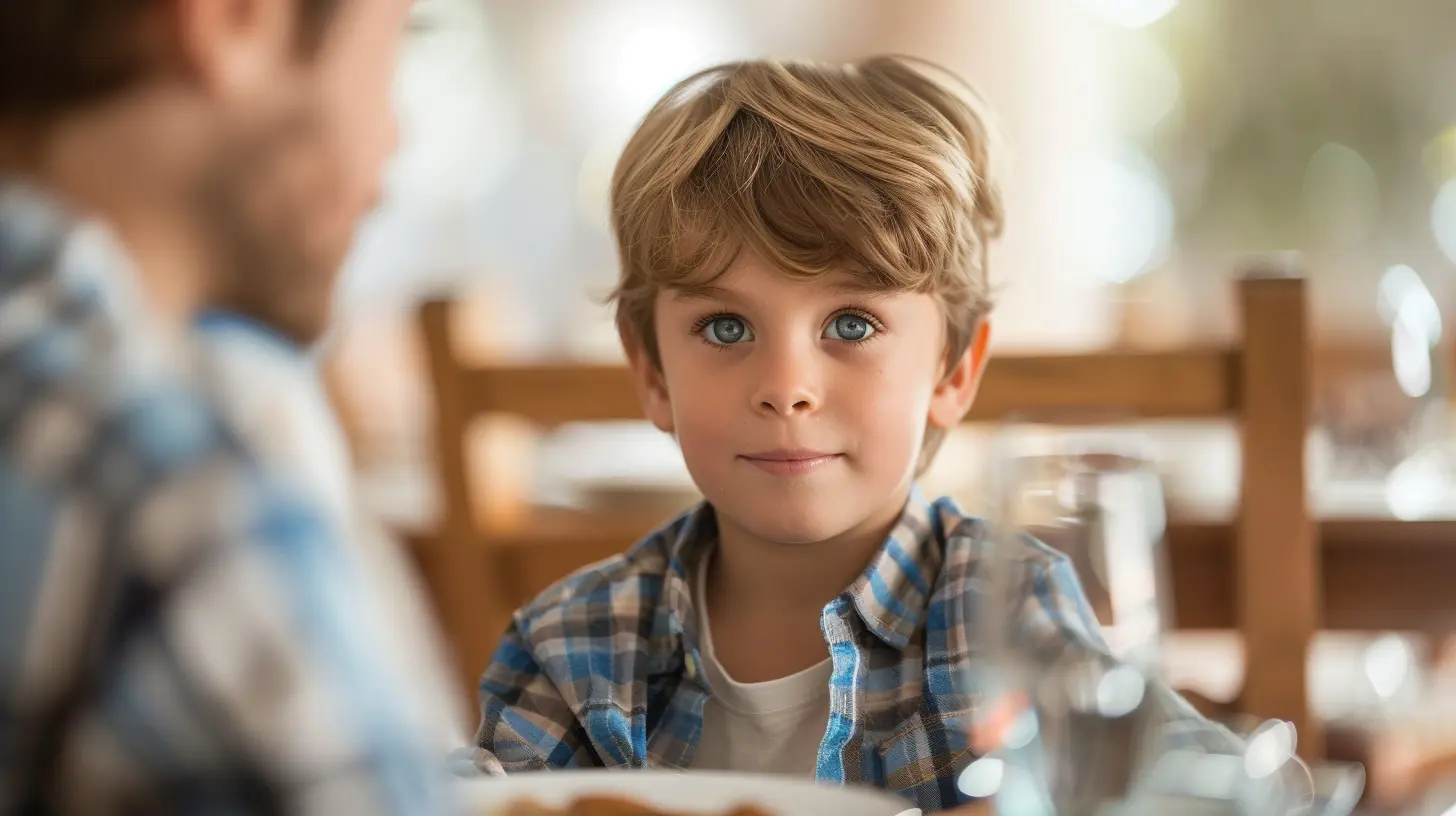
Why Teaching Manners Early Matters
Good manners aren’t just about being polite. They’re about helping your child form positive relationships, express empathy, and navigate social situations with confidence. Plus, let’s be honest—no parent wants to be side-eyed at the playground because their kid just yelled “Give me that!” across the sandbox.Preschoolers Are Natural Copycats
Your preschooler is watching everything you do, probably more closely than you realize. Think of them as mini mirrors. If you say "thank you" to the cashier, chances are they'll start doing it too. If you're always shouting or interrupting... well, guess what they’ll do?That’s why modeling polite behavior is the golden rule when teaching manners. You’re not just raising a child—you’re raising a future adult. Their behavior today lays the foundation for who they become.
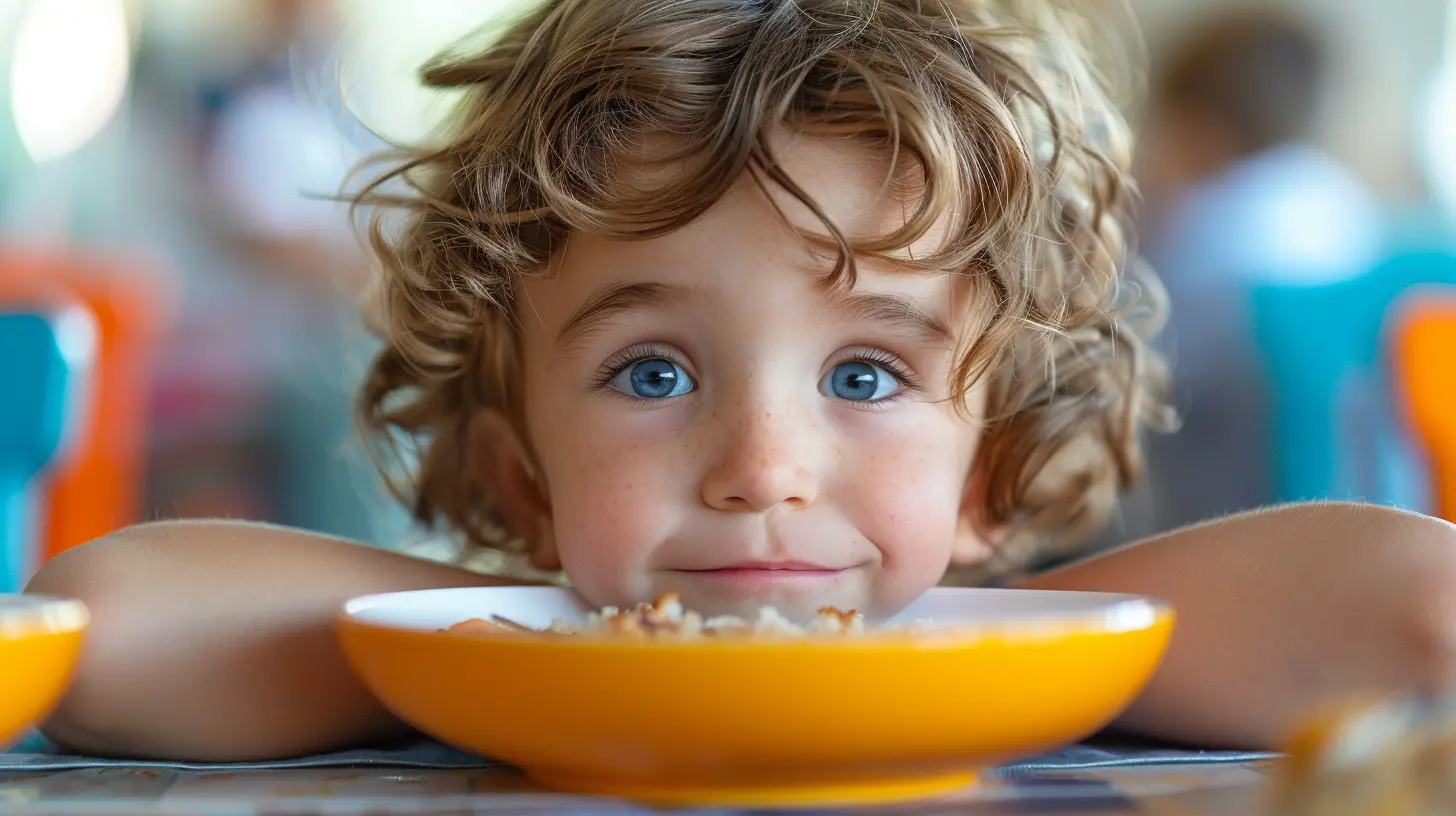
Start with the Basics
You don’t need to lecture your preschooler about societal etiquette like they’re attending the Queen’s garden party. Nope, just start small.1. Please and Thank You
The dynamic duo of good manners. Every time your child asks for something, remind them gently: _“What do we say?”_ When they receive something, prompt them with a sunny, _“What do we say when someone gives us something?”_Over time, this becomes automatic. It’s like muscle memory—but for kindness.
2. Excuse Me and Sorry
These two are a bit trickier because they involve emotional awareness—something preschoolers are still working on. Still, you can teach them to say “excuse me” when they need someone’s attention and "sorry" when they've hurt someone.Don’t just force the words out of them. Explain why they’re saying it:
- “Say ‘excuse me’ when you want to talk while others are speaking.”
- “We say ‘sorry’ when we've made someone feel sad.”
Context helps the words stick.
3. Not Interrupting
Ah, this one’s tough. Kids love to talk. And they usually want your attention right now.Teach them to place a gentle hand on your arm or say “excuse me” and then wait. Sure, it won’t be perfect from day one, but the consistency pays off.
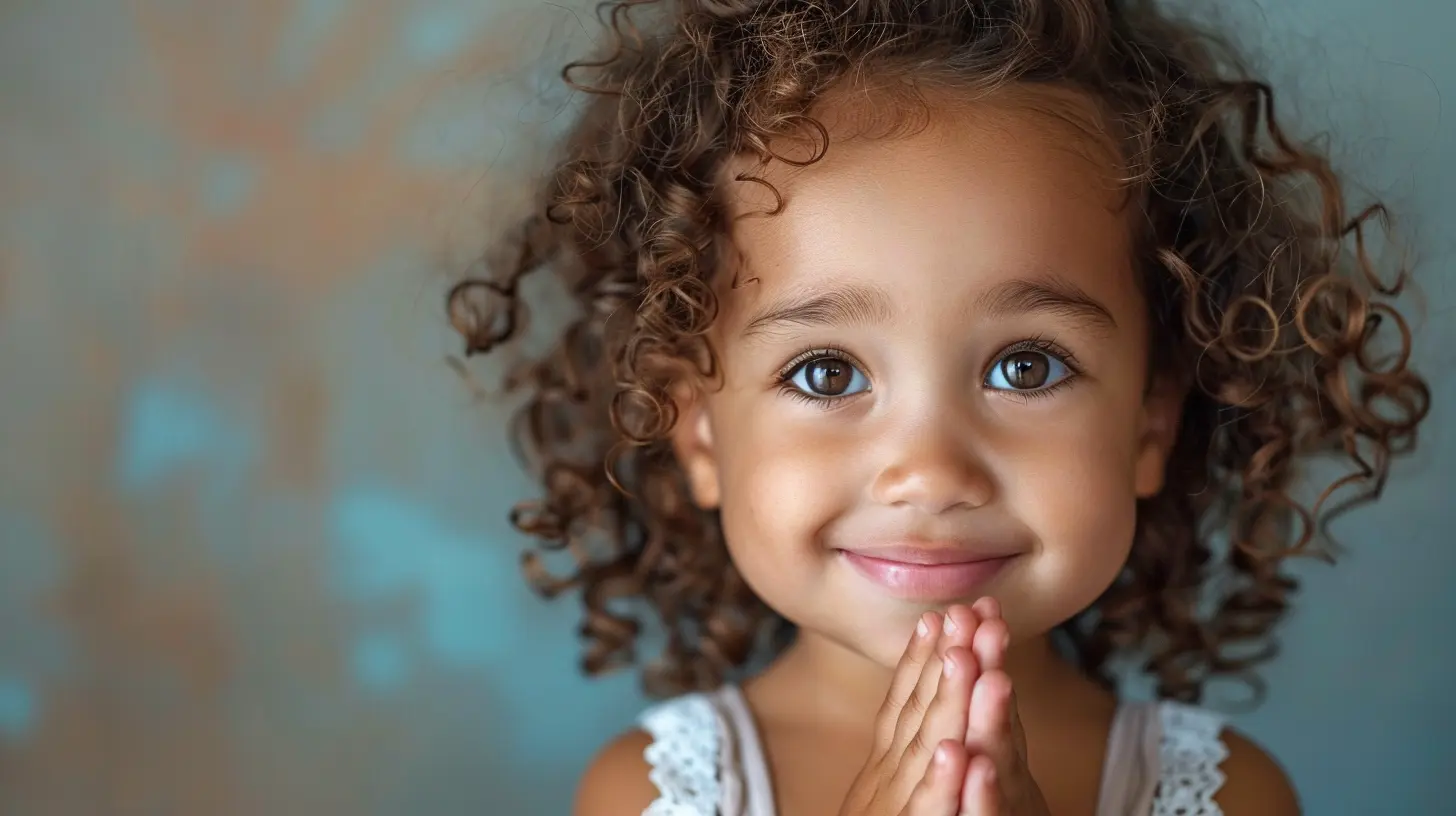
Make It Fun (Because Manners Shouldn’t Feel Like Homework)
Manners don’t have to be stuffy or formal. Turn them into a game, a song, or a lighthearted competition. Here are a few ideas you can try:- The Manners Jar
Every time your child uses good manners without being reminded, let them drop a marble into the “manners jar.” Once it’s full, celebrate with a small reward like choosing the movie on family night.- Role Play
Pretend you’re at a restaurant and let them practice ordering food using polite words. Or play “grocery store” with stuffed animals. They’ll giggle, but they’re also learning.- Praise Out Loud
Catch them being polite and shout it from the rooftops—well, not literally. But saying something like, _“Wow, you said thank you without being asked! That was so kind!”_ will make them feel proud.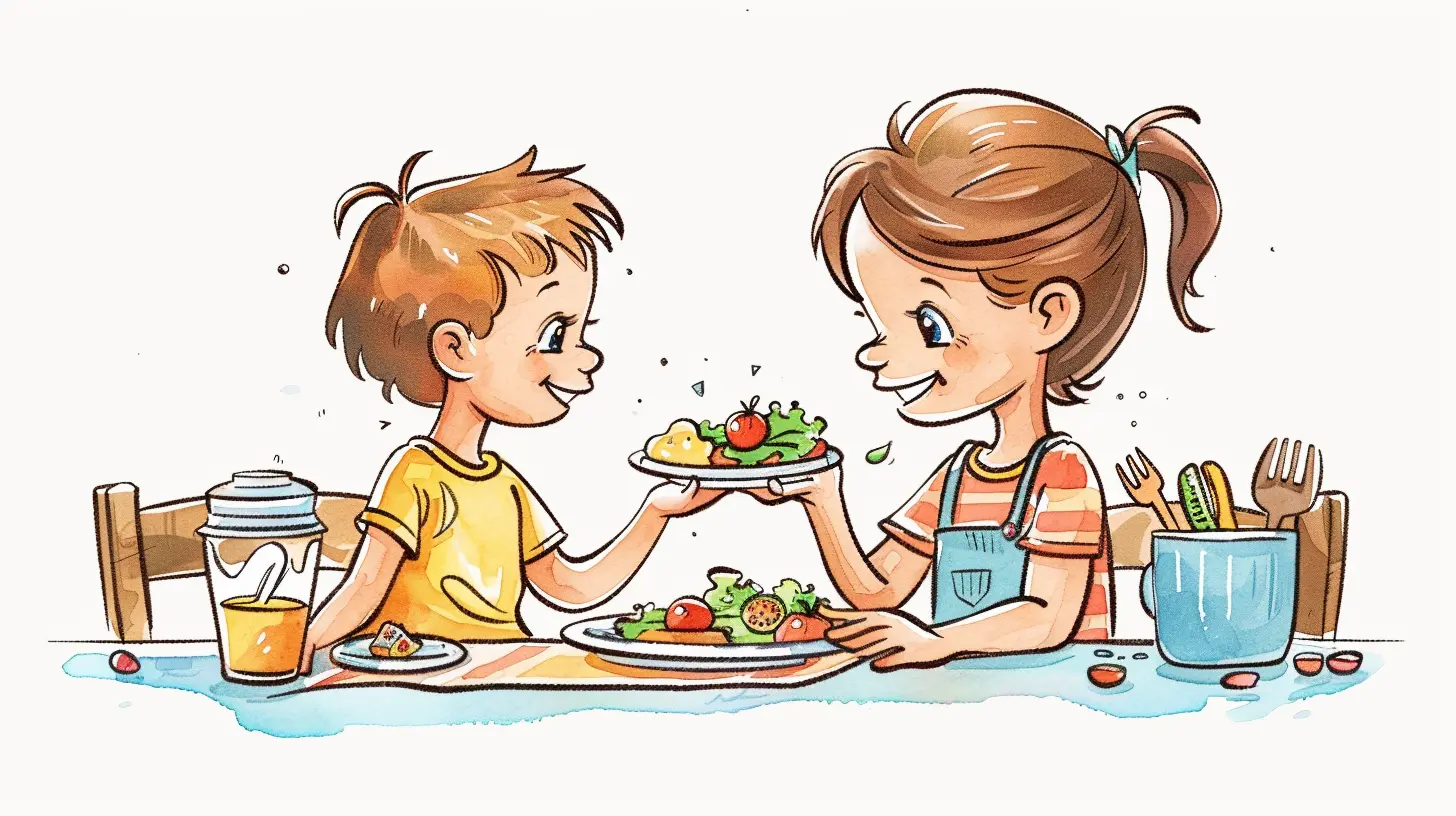
Teaching By Example: It Starts with Us
Let’s be real: if we’re rude to the waiter or shouting at drivers in traffic, our kids will pick up on it. So before we expect our preschoolers to hold themselves together in public, we’ve gotta check ourselves too.That doesn’t mean being perfect—it means being intentional. When you mess up (we all do), model how to apologize. Let them see humility in action.
Family Manners Moments
Create a culture of kindness at home.- Sit down for meals together and practice “please pass the salt” instead of grabbing.
- Take turns talking at the dinner table.
- Say "good morning" and "goodnight" with warmth and intention.
Home is their first classroom—make it count.
Handling Tantrums Without Undoing Your Work
Preschoolers have big feelings in tiny bodies. One second they’re angels, the next they’re screaming because their banana broke wrong.When tantrums happen (and they will), stay calm. Even when they’re being anything but polite, you can model kindness and use it as a teaching moment.
Instead of, _“Stop yelling right now!”_, try:
- “I see you’re upset. Let’s use our words.”
- “It's okay to be mad, but we still need to be kind.”
Lessons in the heat of the moment are hard, but consistency is key.
Setting Expectations Outside the Home
Before you head to the grocery store or Grandma’s house, clue your child in on what's expected. I call these “mini pep talks.”Try this:
> "At the grocery store, we’re going to use our inside voices, say excuse me if we bump into someone, and use please when asking for something.”
It’s like giving them a treasure map for behavior—they just have to follow it.
If things go off the rails? No shaming. Just gentle correction and reinforcement.
Screens, Storybooks, and Role Models
There’s no shame in using tools to help. Kids’ shows like _Daniel Tiger_ or _Sesame Street_ often have episodes focused on kindness and manners. These characters can become your backup teachers.Also, read books like:
- “Do Unto Otters” by Laurie Keller
- “Please, Mr. Panda” by Steve Antony
- “No, David!” by David Shannon
Short stories can spark big conversations.
Be Patient—Really Patient
Your preschooler isn’t going to become Emily Post overnight. It’s going to take a ton of reminders, demonstrations, and deep breaths. But that’s okay.You’re not just teaching manners—you’re building their character, one "thank you" at a time.
When You Want to Pull Your Hair Out...
Remember this: repetition is your best friend. Preschoolers need to hear and see things many, many, many times before they click. Some days will feel like you’re talking to a brick wall. That’s normal.Keep showing up. Keep modeling. Keep praising effort over perfection.
Celebrate Progress, Not Perfection
Your child won’t get it right all the time. Spoiler alert: even adults don’t. But when they get it right, no matter how small the win feels, CELEBRATE.Did they hold the door open for someone? Say “excuse me” instead of shouting for your attention? High five them. Tell grandma. Make them feel like the rock star they are.
Because good manners aren’t just about social rules—they’re about being kind, considerate, and aware of others. And watching your preschooler blossom into that kind of human? That’s the real reward.
Final Thoughts
Raising a preschooler with good manners isn’t about striving for perfection. It’s about planting little seeds of kindness, patience, and respect—and then watering them every single day. Some days those seeds might feel buried under tantrums, missed naps, and spaghetti-flinging meltdowns.But keep showing up with love, grace, and a whole lot of consistency.
Because one day, that little whirlwind will say “thank you” to the trash collector, or introduce themselves politely to a new friend, and your heart will just about burst with pride.
You’re not just raising a child—you’re raising someone who will make the world a little brighter. One polite “please” at a time.
all images in this post were generated using AI tools
Category:
Parenting PreschoolersAuthor:

Max Shaffer
Discussion
rate this article
1 comments
Caleb McFadden
Instilling good manners in preschoolers fosters respect and empathy, shaping their social interactions for life.
October 16, 2025 at 3:31 PM

Max Shaffer
Absolutely! Teaching manners at a young age lays a strong foundation for respectful and empathetic social interactions throughout life.
